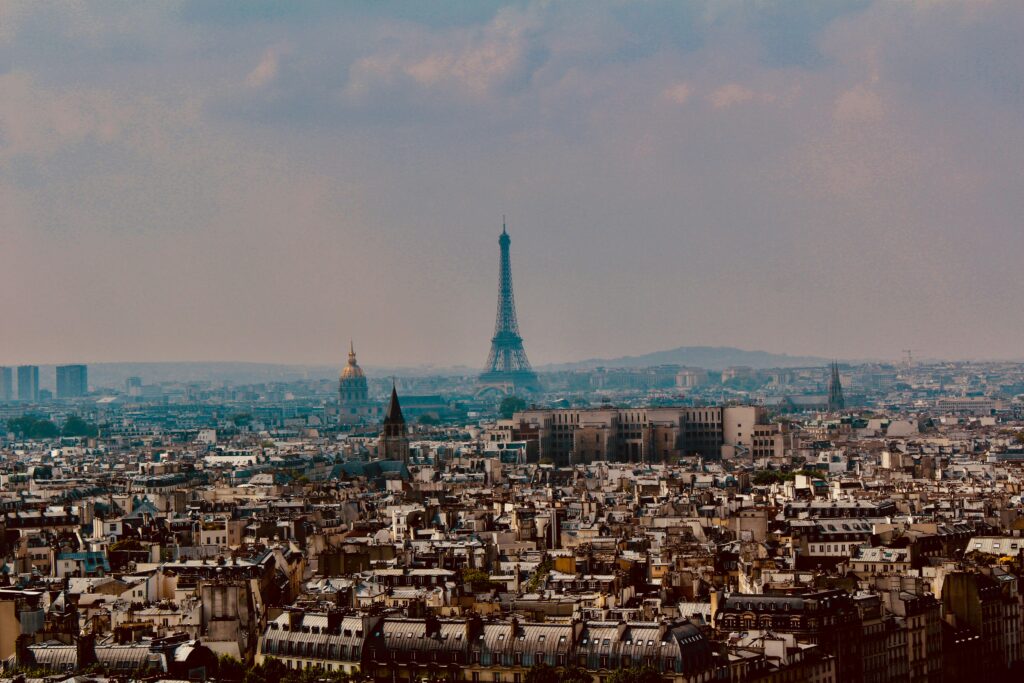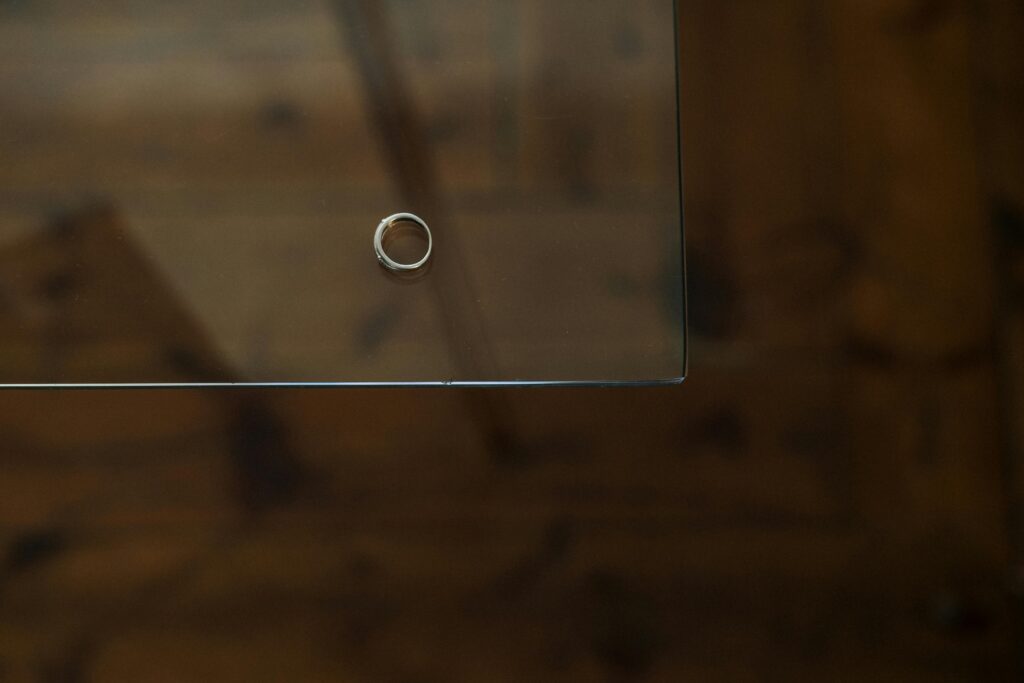The grandeur of Paris ’24 and the complexes in the opening ceremony
The greatest love resides in Him who gave his life for us

The opening ceremony of the Paris Olympic Games has given us a transgressive stage set, which, according to the organizers, aims to be inclusive. They have called it a “festivity.” The characters, according to them LGBTIQ+, gave shape to the universal work of Leonardo da Vinci, the Last Supper. The lady who represented Jesus Christ stood out, nothing transcendent, but quite the opposite, with a sensuality that, together with the obesity she shows off, was more than insulting, it was humorous. It seems that this lady is an activist in favor of fatness. In our time, Rubens’ three graces are not considered a pattern of beauty, so despite the claims of the central protagonist of the stage set, I do not believe that from now on the fashion catwalk models will be heavyweights like the Japanese samurai sumos. Furthermore, claiming obesity, considered by medicine as a disease, is unnatural and harmful to collective health. Let’s imagine activists who defend the public exposure of diseases. Where is the claim for comprehensive and universal health?
I will not comment on the intended inclusion of the LGBTIQ+ world in the ceremony. There are many of this group who have felt offended, not so much by the blasphemy, but because they are identified with the vulgar, despite the fact that the clothes were created by great designers. To integrate or include, as the organizers defend, there is nothing better than to normalize gender differences. For example, it would be inclusive if among the athletes, judges, coaches, organizers there were also special people of their gender. But reducing them to a stage picture, vulgar, transgressive and irreverent, is to identify the LGBTIQ+ group as something marginal, far from the true fashion or sports scenarios.
But the deeper reading leads to analyzing the rebellion, protest, adolescent-type confrontation against the Catholic religion.
First, France has Catholicism in its DNA, which it seems to reject or ignore. We say this because in another painting of the opening ceremony, they exalt French women throughout history and leave out of the catalogue the universal French woman, saint and patriot Joan of Arc.
But returning to the scene we are referring to, the Last Supper, it is understood in its meaning and is culturally comprehensible, due to the knowledge of Christianity and the Eucharist. The mockery against Catholics would not have been the same as against other religions. It would be difficult for the public to decipher the religious symbols of Islam or Buddhism, so present, on the other hand, on French soil. In addition, they were exposed to violent responses from the faithful of other religions.
Christians themselves, without validating the offense, follow the crucified Christ. There was and will never be a greater aggression than that of the cross. From there comes love and forgiveness. From the cross, spring’s life. Some agnostics and non-believers have found the mockery of such brutality to be enough to make them turn to faith. Finkielkraut, an agnostic philosopher, has even said: “After that apocalyptic evening, I became a believer.”
The most significant reading, as I say, refers to the need to assert oneself in the face of the figure of the “father.” Going against one’s parents to assert one’s own personality. The father, who represents order and authority, is a hindrance. Transgression implies the recognition of that which is being attacked. Let us kill the father and be free, let us kill religion and be free. The parody is of a childishness that, lacking formality, remains just that, a parody. Children imitate their parents and are funny, adolescents go against the grain and one must have tenacity and patience to let the storms pass, until they become adults.
The other complex is that of superiority, when they claim to have primacy or arrogance over the religious phenomenon or Christianity before millions of viewers, taking advantage of the power that television confers. It denotes two things. The first, which we mentioned earlier, is the implicit recognition of something, such as religion, that they want to combat with mockery. The second is the desire to be recognized, to usurp the moral authority that Catholicism has, despite all the attacks. They go from being socially invisible to becoming visible with the sole force of control of the media. In Spanish, we say “Tell me what you boast about, and I will tell you what you lack”
But battles in society are not won with mockery and parodies, but with effort, sacrifice and order. This is evidenced by the thousands of athletes who participate with more or less popularity. They do not let themselves be carried away by clichés.
Yet the greatest revolution is yet to come: A new world where love reigns. The greatest love resides in the One who gave his life for us. Every day in the Eucharist we renew that love, even towards those who offend us. There is no greater inclusion than that.
Related

Facing Divorce as a Christian Couple
Laetare
28 March, 2025
2 min

Mars Colonization: Technological Progress or Threat to Human Dignity?
Observatorio de Bioética UCV
28 March, 2025
9 min

The Good Smell of Coffee
Edistio Cámere
27 March, 2025
3 min

The Keys of a Christian Physician: Healing with Body and Soul
Javier Ferrer García
27 March, 2025
2 min
 (EN)
(EN)
 (ES)
(ES)
 (IT)
(IT)

